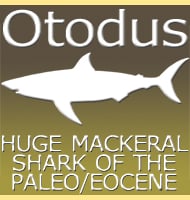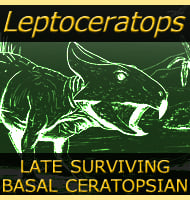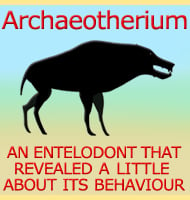In Depth
Gaviacetus is usually interpreted as a protocetid, a very primitive kind of whale that would have still possessed legs for terrestrial locomotion, though in the past Gaviacetus has also been considered to be a possible basilosaurid. However, at the time of writing there is little evidence to conclusively prove that Gaviacetus was a basilosaurid. There was once another species of Gaviacetus called G. sahnii, but this has since been re-named as a new genus, Kharodacetus.
Further Reading
- New archaeocetes (Mammalia, Cetacea) from the Middle Eocene Domanda Formation of the Sulaiman Range, Punjab (Pakistan). - Contributions from the Museum of Paleontology, University of Michigan 29(11):291-330. - P. D. Gingerich, M. Arif & W. C. Clyde - 1995.









